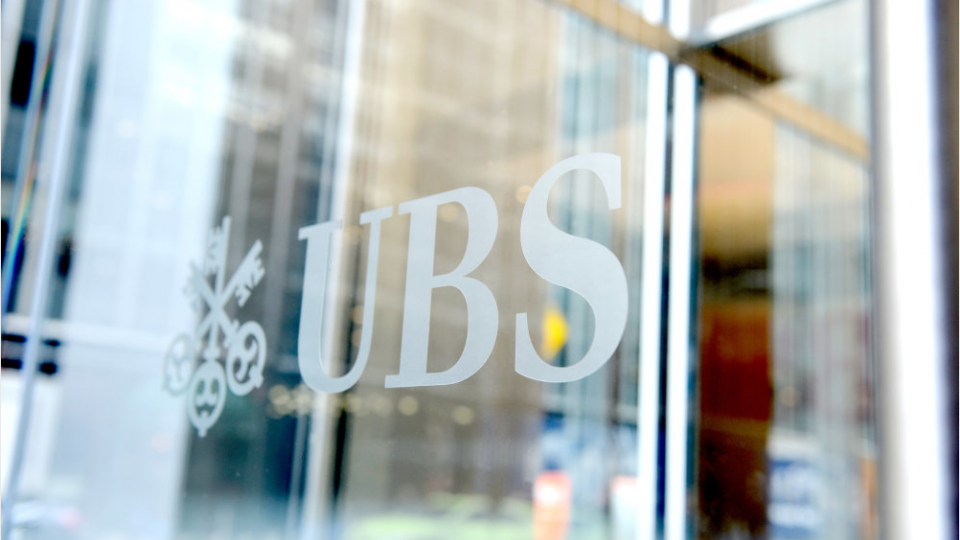
Economic recovery is well underway in Europe, although the Delta variant dampens some of the promise from the first half of the year. Investor sentiment in the real estate market is more resilient than the underlying occupier markets, but is heavily targeted towards the “beds, sheds and meds” sectors. UBS Asset Management continues to expect stronger returns away from the most crowded part of the market, or through development targeting markets and sectors with the strongest occupational dynamics.
European office markets continued in the same vein in 2Q21, says Zachary Gauge in UBS AM’s third edition of this year’s Real Estate Outlook. Zachary Gauge is Head of Real Estate Research and Strategy Europe. Based on data from JLL, take-up only increased by a small margin and remains 35% below pre-pandemic levels, vacancy continued to edge up in 2Q.
“The lack of high-quality supply kept prime office rents stable in virtually every market. On the retail side, there was finally some positive news, with stores able to open across much of Europe. A few markets recorded prime rental declines, but this was far less widespread than in previous quarters. And whilst demand for logistics space remains very strong, prime rents have not taken off in the way that the pricing levels have implied. It suggests that despite all the strong fundamentals, logistics may not be a naturally high rental growth sector – particularly in markets where there is significant land availability”, says Gauge.
It only took e-commerce penetration to reach around 15% to start a sharp correction of global retail real estate values. With consensus assuming that most office-based companies will take a hybrid approach to home working, we can realistically expect average working from home (WFH) days to increase from 1 to 2.5 day per week. This equates to a potential fall in day-to-day occupancy of 1.5 days per week. So shouldn’t landlords of office space be worried?
“Not necessarily”, says Gauge. “Retail and office businesses are fundamentally different. Bricks-and-mortar retailers all share the same business model – to sell products from a shop. The office by contrast is a unit in which to do business, but those businesses vary considerably. What this means is that when retail suffered from a structural shift, it was a systematic risk that negatively affected all bricks-and-mortar occupiers. Whereas the industries of most office occupiers have not been negatively impacted by the pandemic. And rather than the structural shift to WFH having a negative impact on their cash flow, it can actually improve it if they reduce their occupation through more remote working.”
Added value for commuting
A further difference is the far higher relative real estate costs for retail, compared to offices. “Reduced retail occupancy has a greater impact on the bottom line than reduced office occupancy. If an office occupier needs to save costs, its first call is nearly always to reduce headcount, before space. With most office-based companies in a healthy position financially, we’re not envisaging significant reductions in headcount leading to lower office requirements”, says Gauge.
“Instead, there will be reorganizing and consolidation, as real estate teams accommodate more staff into less space. This will be gradual and new demand will negate some of the challenges caused by a shift to flexible working. While COVID-19 will lead to longer-term shifts in occupation, this impact will be uneven.”
Office-based companies are recruiting again, and the war for talent in many sectors is as fierce as before the pandemic. “The space they occupy to support growth will need to be accretive to the value of the company and the experience of the employees. Buildings will need to accommodate changing usage, moving from functional workspaces to an interactive and collaborative environment. The most relevant locations will facilitate a range of features that add value to the employee making the commute.”
Many office buildings will not meet these criteria. Repurposing well-located city-center space to meet future demand can protect values. Gauge: “But in weak, secondary markets, particularly with poor transport connections, the outlook is less positive. Deals in out-of-town locations which add little value to the workplace experience are generally going through at discounts to their pre-COVID-19 valuations. Furthermore, the more established locations with a wide range of amenities and transport connections are proving to be far more defensive. One exception is life sciences, where there is vast investor demand. This space is often in out-of-town business parks and there is a key differentiator between traditional office space. The work done at a life sciences facility has to be within a highly controlled environment – traditional office work is much more transferable”.
Here you'll find the complete Real Estate Outlook from UBS Asset Management.